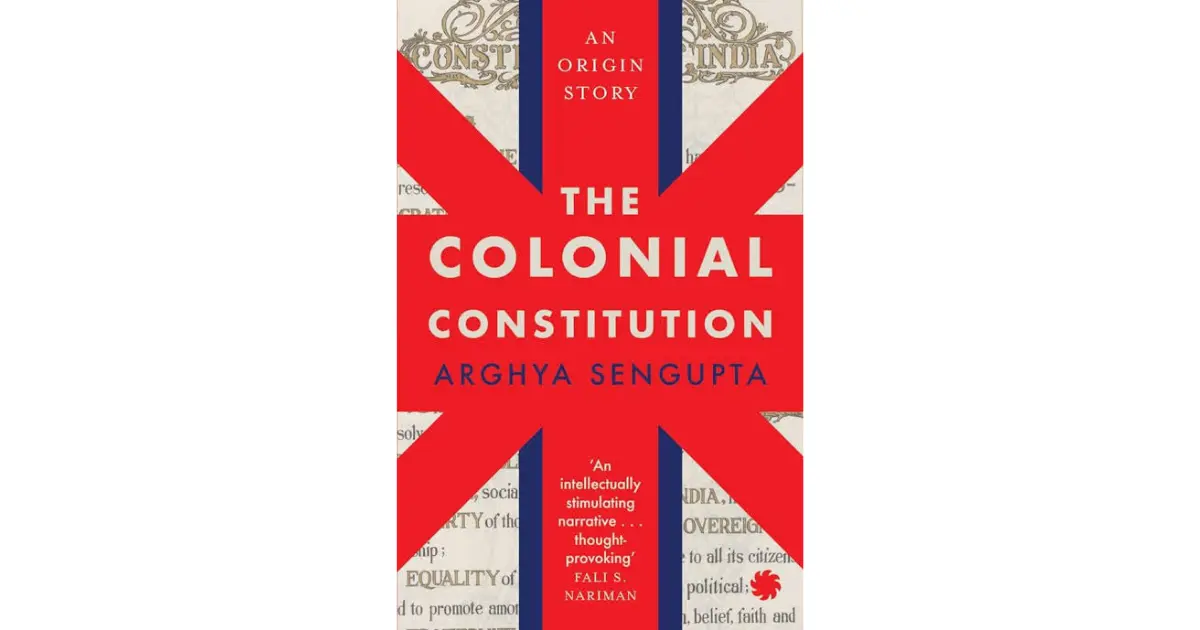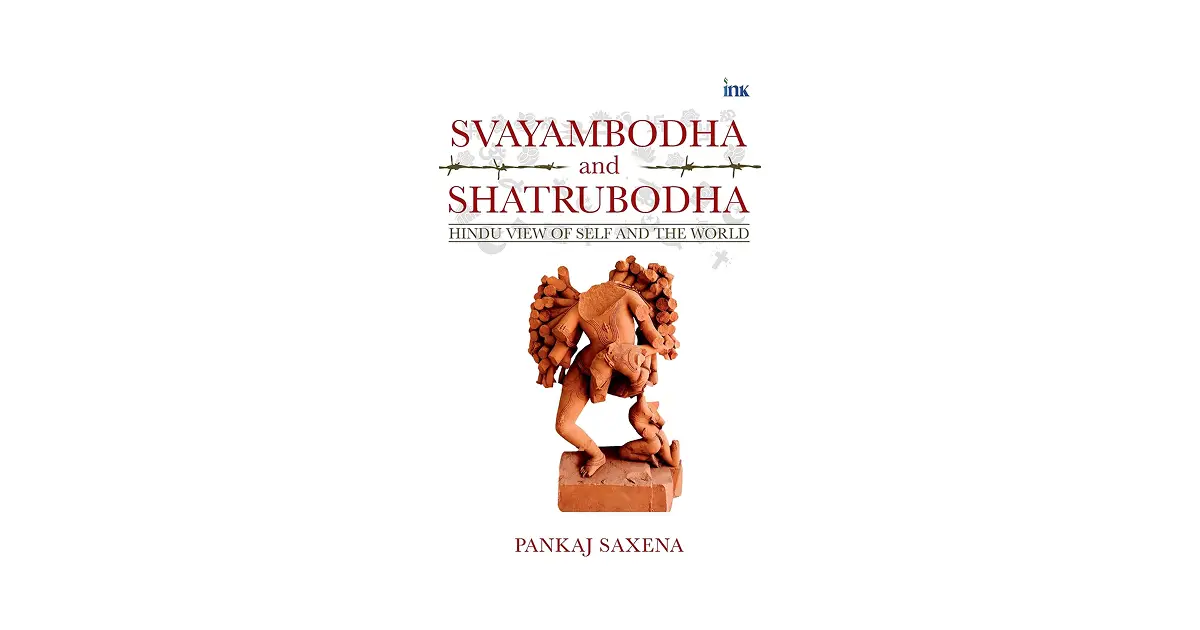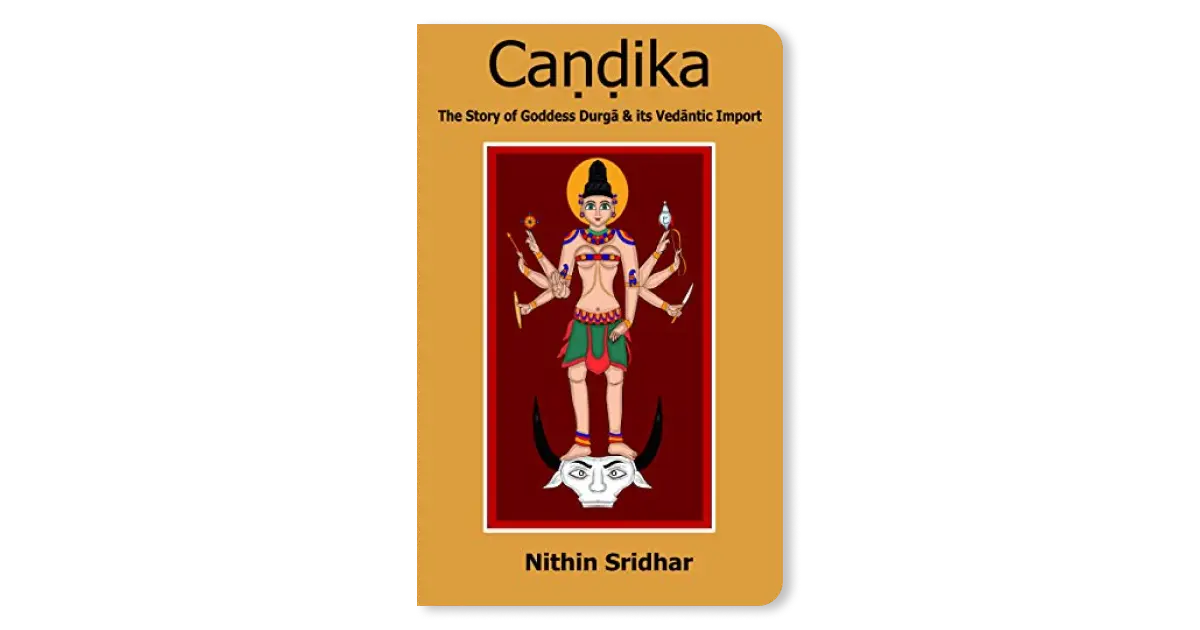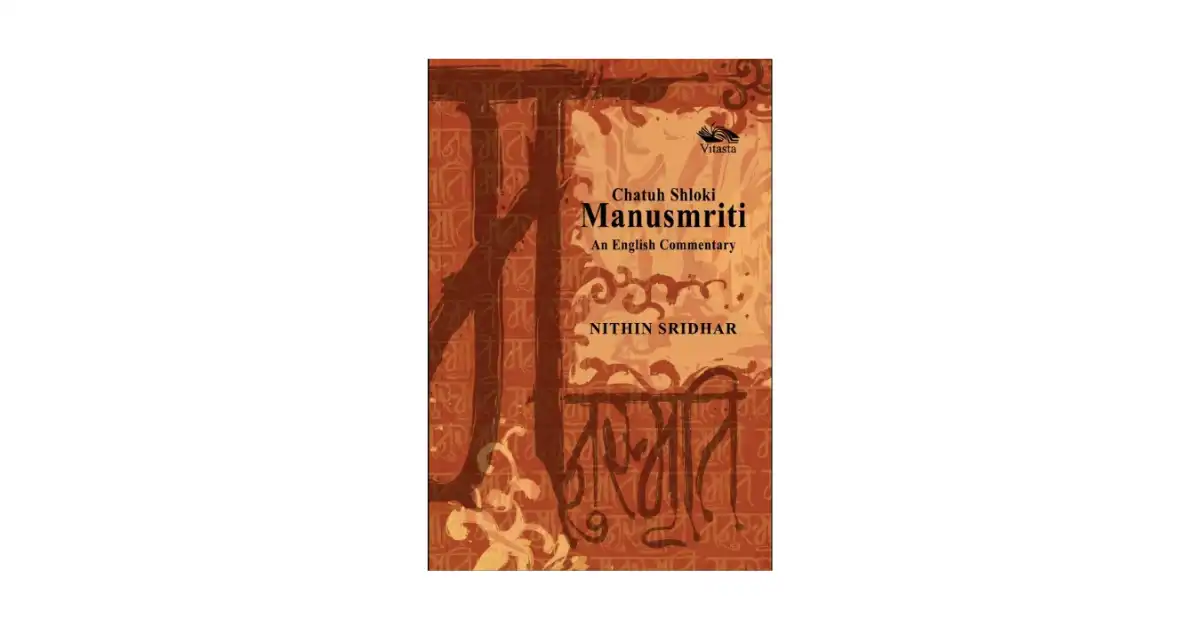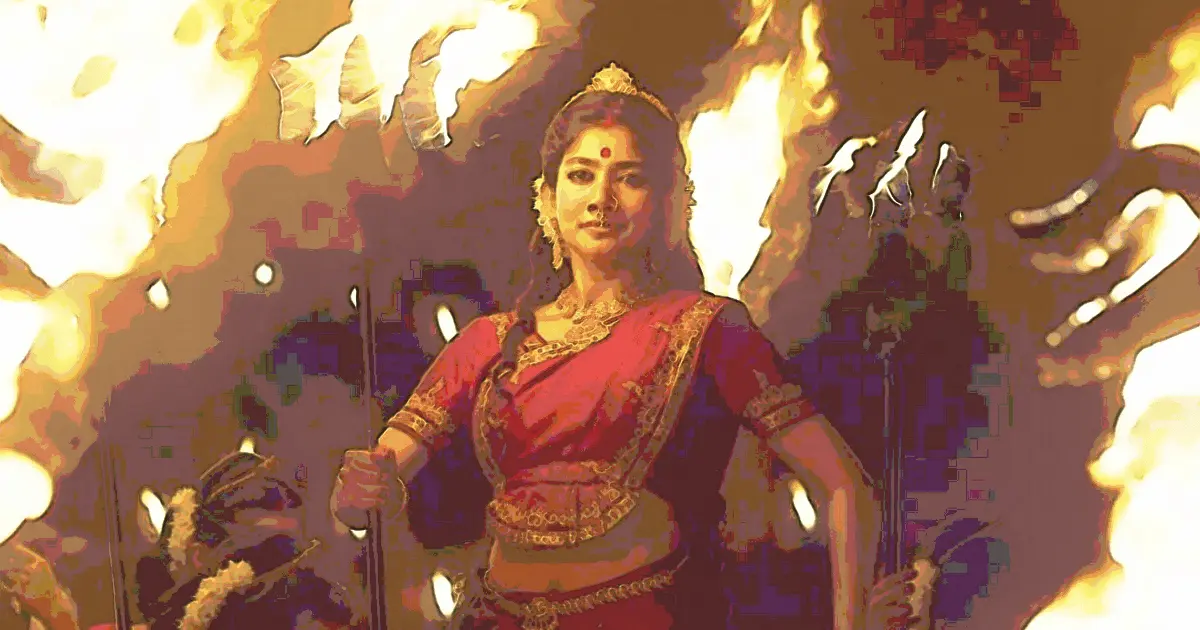In today’s political climate, the Constitution of India is either deified unreasonably or vehemently denounced as being a colonial document. With neo-colonial and postcolonial theory becoming increasingly ubiquitous in political discourse, such claims of the constitution being nothing but a British instrument are, by no means, unfounded. Arghya Sengupta, in The Colonial Constitution dissects this claim through an exploration of the history and context of constitution-making, including all the sources that were drawn from in the process undertaken by its makers. In Sengupta’s words, the book is “neither a celebration of the Constitution nor a critique”, but rather, an “origin story” (14). Through Part I, he establishes that the Indian Constitution is colonial in its framework, content and concepts — it empowers the State that towers over its citizens just as a colonial government does. In Part II, he discusses alternatives and his disagreements with them — the Gandhian constitutional vision, that of the Hindu Mahasabha’s, and that of Ambedkar’s.
The Government of India Act, 1935
Sengupta asserts that length of the Constitution has much to do with the fact that the new Constitution reproduced large parts of the Government of India Act, 1935, which itself was a 326-page document with 321 provisions and 10 schedules. It was also the product of the fact that the newly independent people could not be trusted to do the right thing, and required elaborate and detail-oriented prescriptions (47). Though one of its most venerated members, Ambedkar saw no need for the formation of a Constituent Assembly in the first place. He believed that since most of the details had already been enacted in the Government of India Act of 1935, and all that was necessary was to constitute a body to delete those sections that were inconsistent with Dominion Status. He also believed that unlike when the United States’ Constitution was being drafted, plenty of resources — specifically, constitutional ideas and forms were readily available to draw from, and therefore, the formation of a Constituent Assembly would be “superfluous”, and an “act of supererogation”. Nevertheless, when the Assembly was formed, he was more than keen to be its head, and lead the project. He was positively unabashed about “borrowing” from the Government of India Act: Sengupta quotes Ambedkar saying that “It involves no plagiarism. Nobody holds any patent rights in the fundamental ideas of a Constitution” (23).
A Constitutional Patchwork
Building on the Government of India Act as its substrate, the Members of the Constituent Assembly, created a “constitutional hodgepodge” by copying right out of other existing constitutions. Sengupta is highly critical of the manner in which Ambedkar transposed fundamental rights from the United States’ including their numbering. Instead of providing a spirited, far-sighted perspective on what India would need for a strong and independent future, he compared and contrasted the American presidential system of government and federal structure with that of India’s, and had no qualms about the lack of originality in the draft constitution for India. In fact, two members of the Assembly moved resolutions that a new Constituent Assembly be formed since the present one had failed in a fresh, ideal Constitution for India, and instead was engaged in the task of retrofitting existing contents. There was great dismay among the Members that the draft Constitution made no mention of the Gandhian village-centric model of local self-governance — to Ambedkar, it would be a “sink of localism” and casteism.
Sengupta states insightfully that the Constitution was “not designed to guide people towards true democracy; it was devised more as a holy book” (48).
The framers of the constitution were right in their assessment that Indians had not experienced modern democracy before and would have to be led to it gently. But somewhere along the way the gentle guidance became enlightened diktat. Only a constitution that does not trust its own people has to lay down banal prescriptions like fundamental duties to promote harmony and make citizens respect the national flag; one that does not trust the state to exhort it to share resources for the common good and prevent monopolies; and one that does not trust its legislators has to lay down in excruciating detail what rules of procedure they must adopt. (47)
Colonial Vestiges
Of the many imperial relics in India’s Constitution that Sengupta singles out, one is the Rajya Sabha — reminiscent of the House of Lords. The “permafrost of British aristocracy” (45) — intended to improve the quality of law-making through “dignified debate”, but in effect, a vestige of the rich and powerful elite refusing to make way for democratically elected representatives. Another is the creation of powerful Union and state governments that act as the “sutradhars of the Constitution” (48). Indians had, essentially, “on their own, perpetuated, supported and legislated for themselves a raft of colonial institutions” (49). Moreover, the constitution incorporated crucially important socio-economic rights of citizens, as commitments of the state in the section on Direction Principles of State Policy, which are famously non-enforceable, rather than in its main text. Though the Members unanimously agreed that fundamental rights would be meaningless without economic rights, their justiciability was glossed over (63). Sengupta states poignantly that the directive principles chapter would simply be reduced to a “convenient receptacle of accommodation, a veritable “dust-bin of sentiment”, full of rhetoric, signifying plenty but entailing nothing” (67), which Ambedkar would use to hold inconsonant principles, knowing that it was not binding (72).
Sengupta also delves into the issue of the Constitution's wilful dilution of the fundamental rights. While the very idea of granting fundamental rights is a departure from colonial rule, the fact that each was provided with a caveat which the government could exploit to hold unchecked power over its citizens, was not. An example is right to property under Article 31, and Article 22 essentially authorising the Emergency and preventive detention. Sengupta emphasises the manner in which Emergency powers acted as a safety-valve for self-government and preventive detention laws had been the weapon of choice for British administrators in curbing freedom fighters, notably, the Rowlatt Act (or the Anarchical and Revolutionary Crimes Act, 1919), authorising the police to detain persons without trial, try without a jury, and carry out a search without a warrant. Preventive detention was thus a symbol of the lawless tyranny of the British Raj. To quote Sengupta: “The idealism of establishing a new government machinery had infused the drafters of the Constitution with a spirit of trust and fellow feeling. Gone was Gandhi’s admonishment that without curtailing the powers of the state, independent India may resemble ‘Englistan’: colonial rule supervised by Indian, instead of British, officers.” Instead of annihilating such despotic laws, the Drafting Committee incorporated the use of preventive detention into the Constitution: remarkably, Ambedkar was the swing vote in securing the place of the provision (86). In Sengupta’s opinion, the Drafting Committee truly believed that such a power-wielding state could deliver security and prosperity to Indians. He states, “for the first time in a democratic constitution, the use of preventive detention laws even during peacetime was authorised, ostensibly with a view to providing some safeguards for detenus to make up for the loss of ‘due process’.. Even the British did not have such powers at home, such was the irony of this position taken by the newly independent republic of India. By Privileging security over liberty, the state over citizens, the framers were clear — though freedom was not won by the barrel of a gun, its continuance would certainly depend on one” (90).
The Gandhian Constitutional Vision
The quintessence of Indian society is its organisation into villages, which form the ‘atom’ or irreducible unit of the state. The pre-eminence of the village for the Indian civilization cannot be understated, and as Inden writes, the “constitution of India as a land of villages was also due to the efforts of the British to deconstitute the Indian state”: they displaced an 'ancient' India, where societies were divided into self-contained, inwardly turned communities with the ‘modern’, consisting of a society full of outwardly turned, competitive individuals (Inden, Imagining India; pg 132).
Gandhi’s vision of India’s Constitution, therefore, as a confederation of self-sufficient villages was the closest to an indigenous conceptualisation of the state that was put forth at the time. He envisioned a decentralised state machinery with a multitude of fundamental rights — contingent on duties — as was enshrined in the Constitution of Aundh in 1939 by Gandhi himself. Narayan Agarwal, inspired by Gandhian thought, drafted a bottom-up constitution with an inverted power structure, since a hyperlocal, village-centric administration would be a form of government most instinctive to India (130). However, the document did not have Gandhi’s unqualified endorsement, knowing the charter did not meet the criteria to be adopted as a legal instrument, and Gandhian philosophy did not find a place in the Constitution drafted thereafter. Though Gandhi found the constitution entirely Western, he did not object, calling it “passable” and “tolerable” so long as it brought parties to a collective compromise. Although Sengupta terms it “Gandhian pragmatism”, it might more accurately be called Gandhian meekness, for, “forsaking his exalted principles”, Gandhi chose “consensus over conviction”(134). Moreover, Sengupta writes, “Despite being enacted in the shadow of the greatest non-violent freedom struggle in history, its drafting appeared to have proceeded on a parallel track to the struggle, imbued with neither its radicalism nor its novelty.. on the whole, it eschewed originality for stability, novelty for wisdom and the spirit of revolution for the spirit of continuity.”
The Hindu Mahasabha
The Constitutional vision of the Mahasabha was one of a secular state without a state religion, the guarantee of freedom of religion, and a strong centre to crush any secessionism and regionalism. Hindutva was a doctrine for Hindu revivalism, a vision that could be achieved within the confines of the Constitution, not outside it. Despite the existence of a myriad Hindu issues — such as the use of Sanskrit, proselytization and conversion, cow protection, etc. — the Hindus failed to organise themselves into an effective voice to represent Hindu interests. Sengupta states that “Hindutva doctrine would flourish outside the Constitutional scheme both as a matter of design and politics. Its constitutional face would remain staunchly nationalist and committed to freeing India from the yoke of colonial rule” (169).
Ambedkar
Ambedkar, according to Sengupta, is “the elephant in the room”, “reviled by the communists, side-lined by the Congress, not given the time of day by the Parivar, who now suddenly has become everyone’s poster boy” and any engagement, let alone criticism with his views is often seen as disrespect to him and to an entire community of Dalits”. But to him, no historical figure is beyond reproach, and discussions about the Constitution do not imply a disparagement of Ambedkar. Sengupta’s stance shines through his book, where he does not shy away from critiquing the actions of Ambedkar and laying bare his intentions and ideological motivations. The fact that Ambedkar failed to be elected to the Constituent Assembly from Bombay province (182) he was nominated by lobbying on his behalf by the Congress and made chairman of the drafting committee and thrust into the forefront of the drafting process (184). Sengupta also remarks that Ambedkar was “bitter” during the discussion of the Objectives Resolution, “unusually silent” (109), and how “excessive questioning by members visibly irritated him” (110) during the deliberations surrounding the Emergency provisions, though they amounted to the collapse of Ambedkar’s “crown jewels” of the Constitution, the fundamental rights. Sengupta uncovers the “constitutional fault line (205)” between Gandhi and Ambedkar over reservations, the Poona pact, etc., and makes it amply clear that attributing the genesis of the entire document to this one man as is commonplace in public discourse is fallacious. In other words, there is a false impression that he was the sole author, ignoring the contributions of B. N. Rau and others on the committee that shaped the structure and content of the document. Sengupta writes:
Neither was Ambedkar alone responsible for the text nor was he merely a top dressing to make the Constitution respectable to all sections of society. The Constitution was a collective enterprise of all its framers. It reflected their vision of what the republic needed to get off the ground and to deliver on the promises made in its Preamble. The framers' views were, in turn, a product of the times in which they lived and the established wisdom of constitution drafting. The fact that the Constitution is wholly identified with Ambedkar today has much to do with the fact that the dominant thinking at the time aligned with and found a powerful voice in Ambedkar's writing. He may not have written much of the initial text. But its vision matched his in large part, making him the ideal candidate to shape its contours to give it coherence. It also made for a more compelling story (189-190).
Conclusion
According to scholars of comparative constitutional law like Ginsburg, constitution-making is akin to a “bargaining process”, in which multiple competing groups coalesce to “resolve certain problems from the past, and to produce a constitutional text for the future that has broad agreement and social acceptance”. While there was much bargaining, heated debate and an equal measure of compromise during the drafting of the Constitution, it failed to incorporate anything revolutionary, forward-thinking or originally Indian. A colonial constitution, that merely reiterated the structure of administration used by the British Raj and replicated its institutions, cannot be expected to usher in a new dawn for post-colonial India, and must not be excessively venerated and romanticised.
Overall, Sengupta’s book, though repetitive in some portions, is a brief and rousing account of the contextual scenario at the time of drafting the Constitution of India. It sheds light on the shaping of the document by various actors — making a note of their agendas, squabbles and ideologies — and ultimately, uncovers the impact of the Constitution on the social, economic and legal landscape of the country 76 years on. The book is a great primer to delve a little deeper into the contentious document in order to begin a well-meaning conversation about its reappraisal. As Sengupta states in his epilogue, his book is “a call to think more deeply about the Constitution rather than merely extolling its virtues in a rhetorical fashion or criticising it unthinkingly (216)”. If India is ever to shed its immutable image of being a post-colony as the country forges ahead into the future, it is imperative to revisit the Constitution, and attempt to chart our own constitutional course” rather than pin to it every pipedream of justice and change.
The author, Arghya Sengupta is best known for being the Founder and Research Director of the Vidhi Centre for Legal Policy. In a recent podcast hosted by Amit Varma, he talks about how Vidhi came to be, and about his experience working closely with bureaucrats and the government shaping and informing the law through policy research.
Notes
*The ‘Emergency’ (1975-77) was a period of great political turmoil and when the powers of the judiciary were threatened by the autocratic Indira Gandhi government to the extent that certain fundamental rights of citizens were suspended.
References
Ginsburg, Tom, and Sumit Bisarya. “Introduction: Constitution Makers on Constitution Making.” Chapter. In Constitution Makers on Constitution Making: New Cases, edited by Tom Ginsburg and Sumit Bisarya, 1–36. Comparative Constitutional Law and Policy. Cambridge: Cambridge University Press, 2022.
